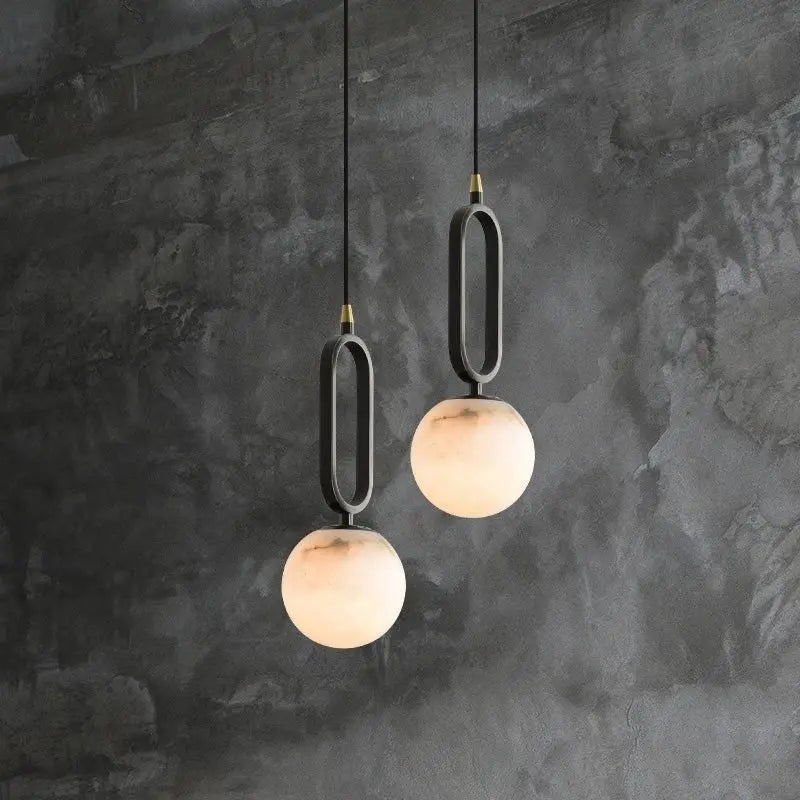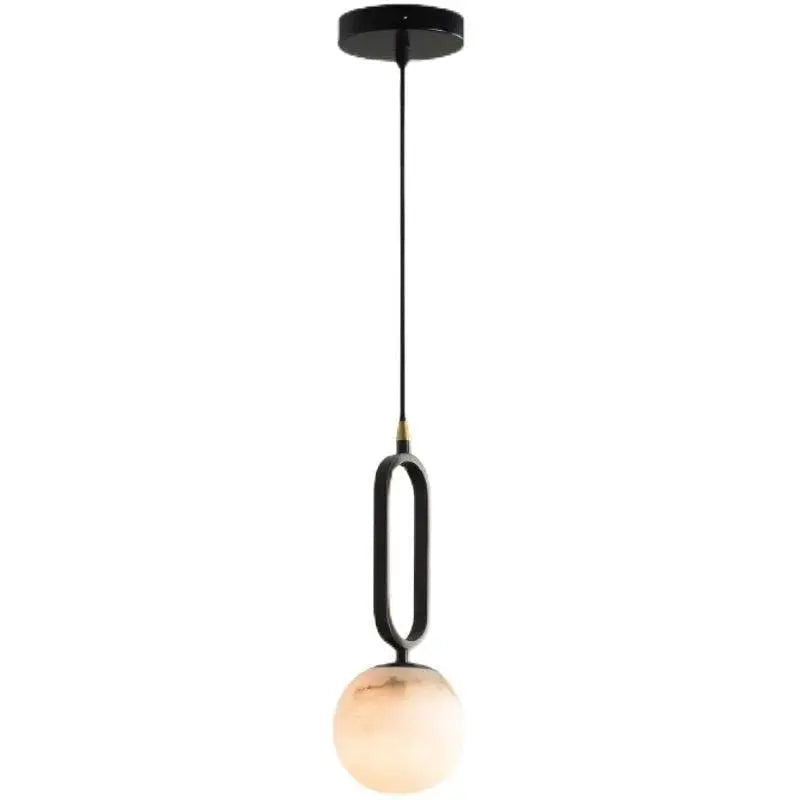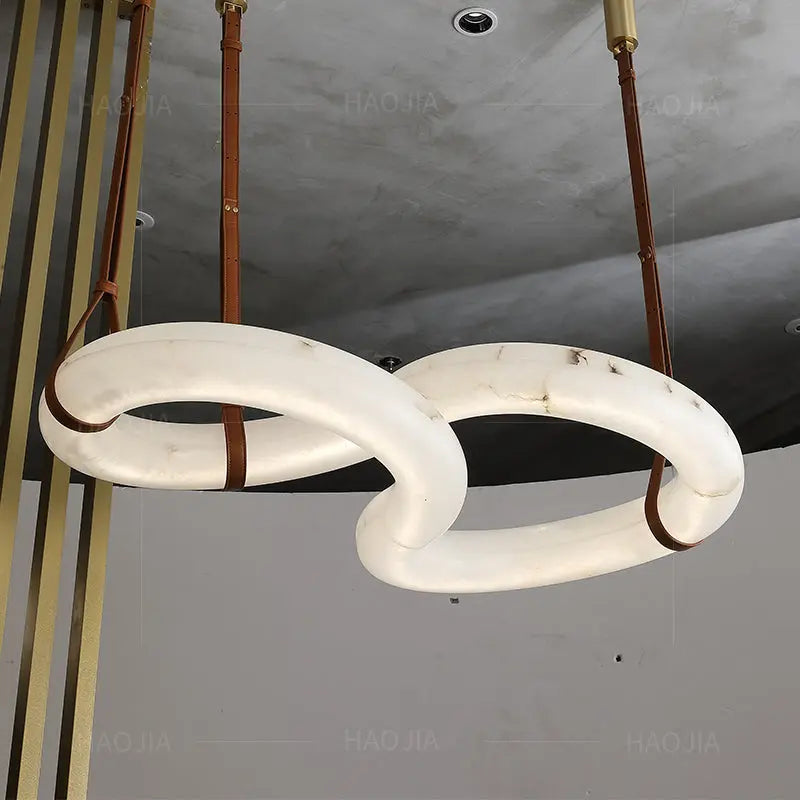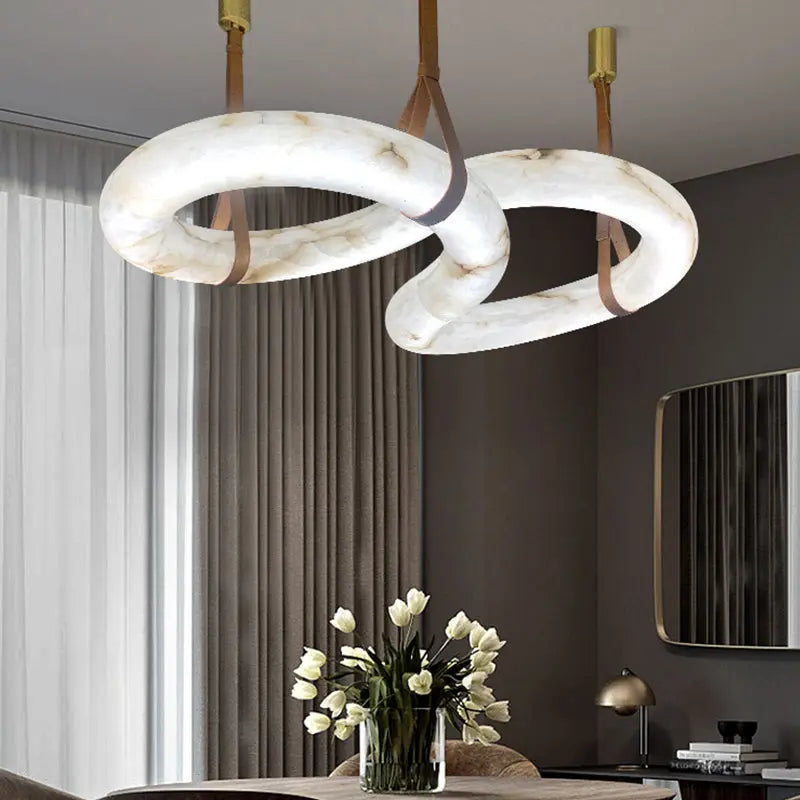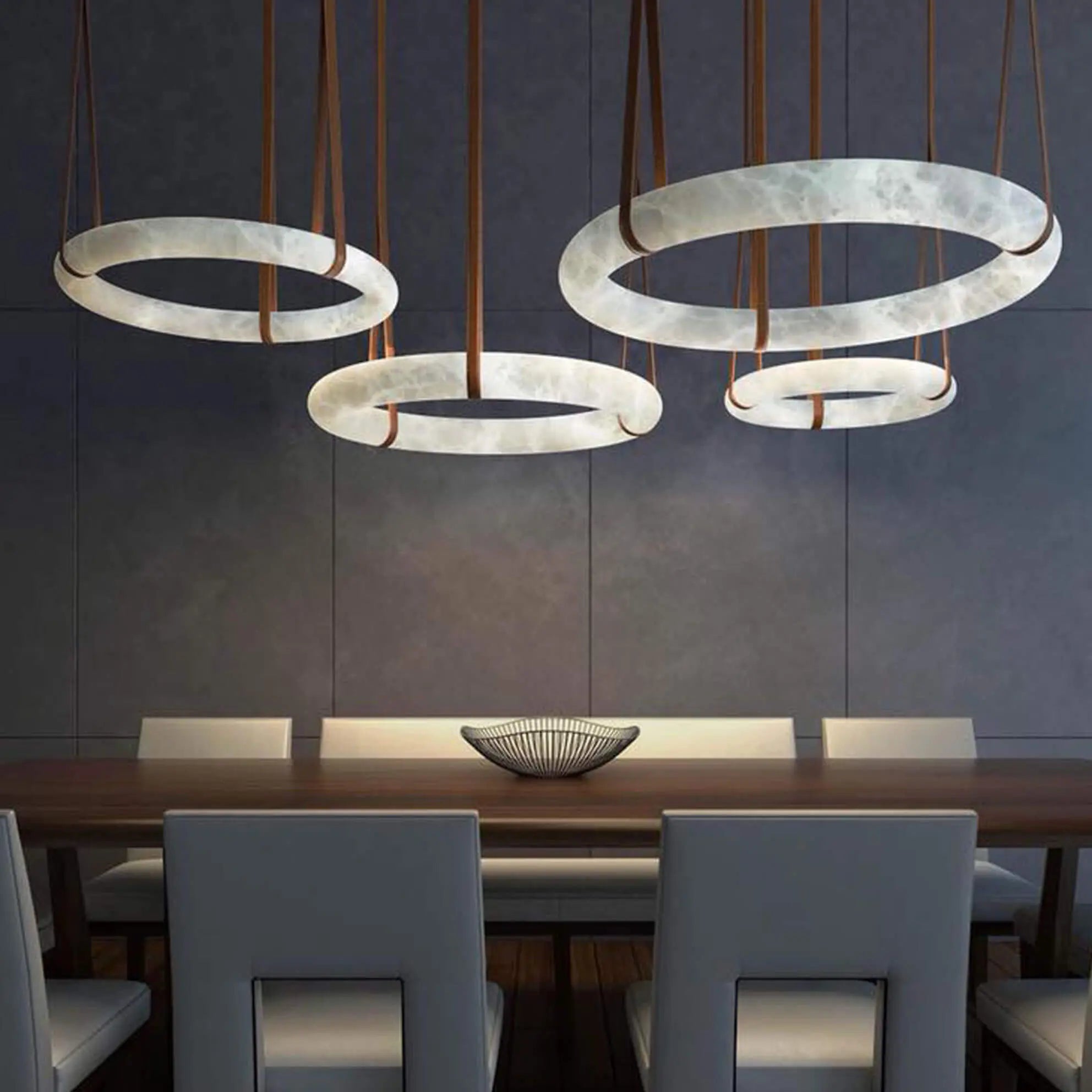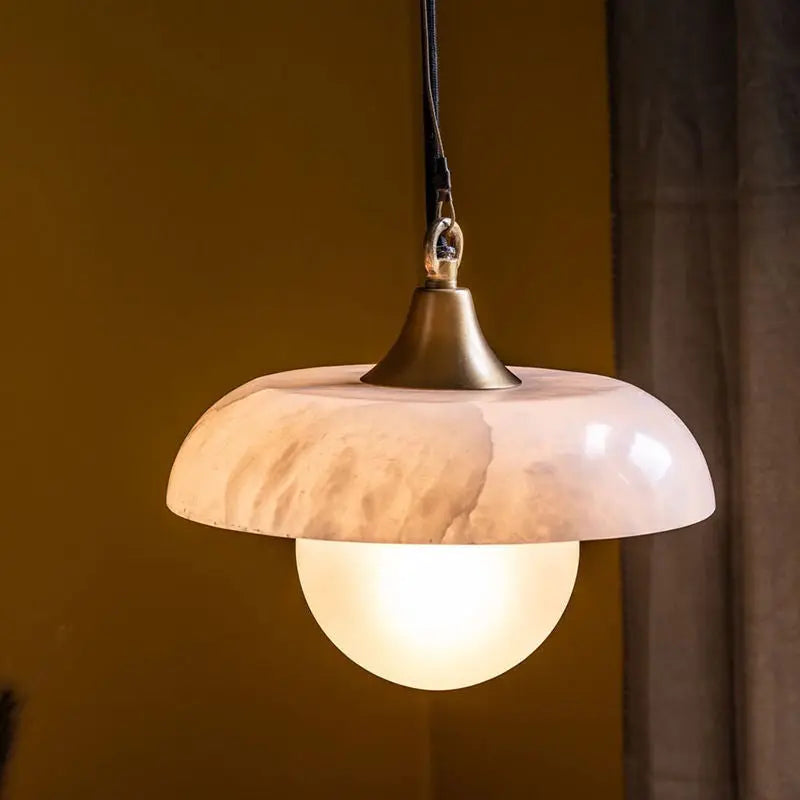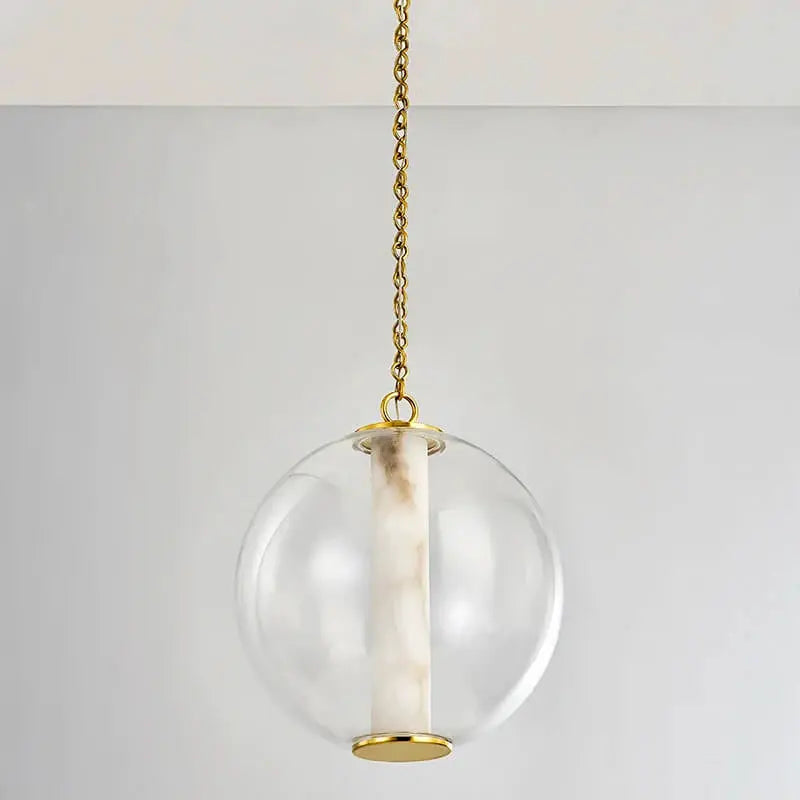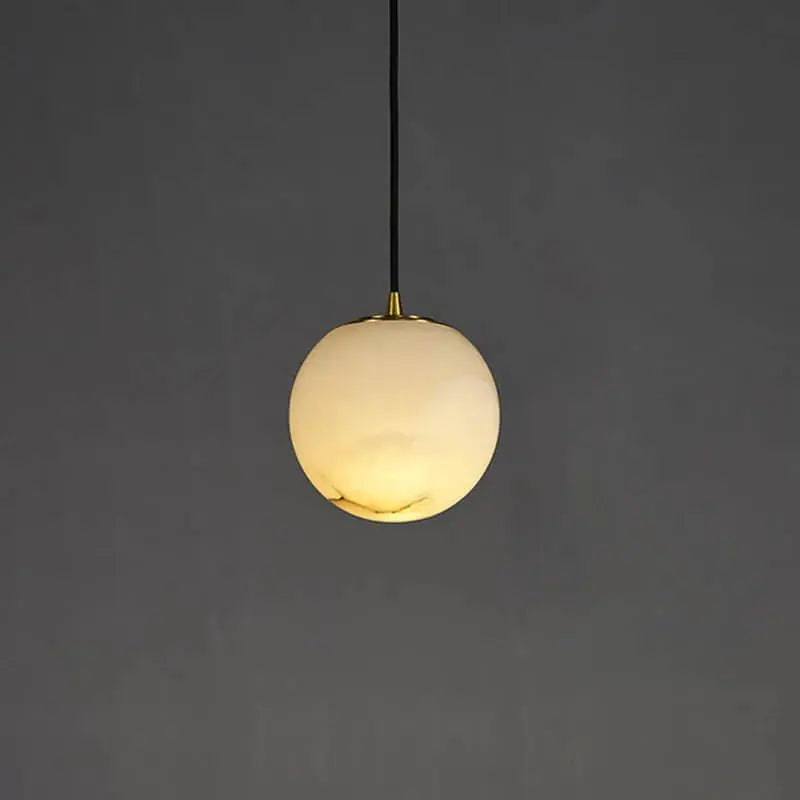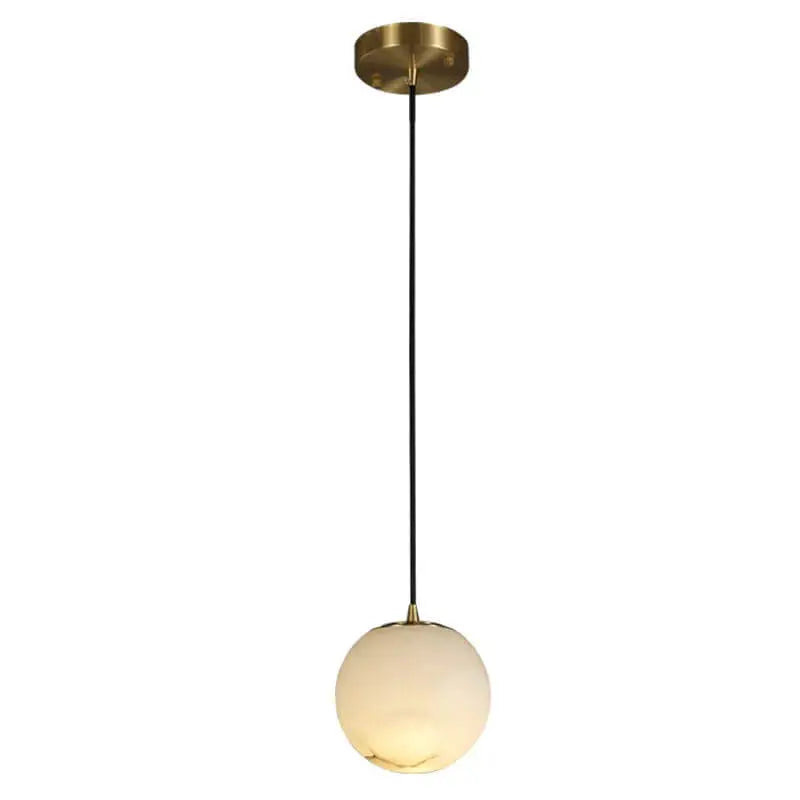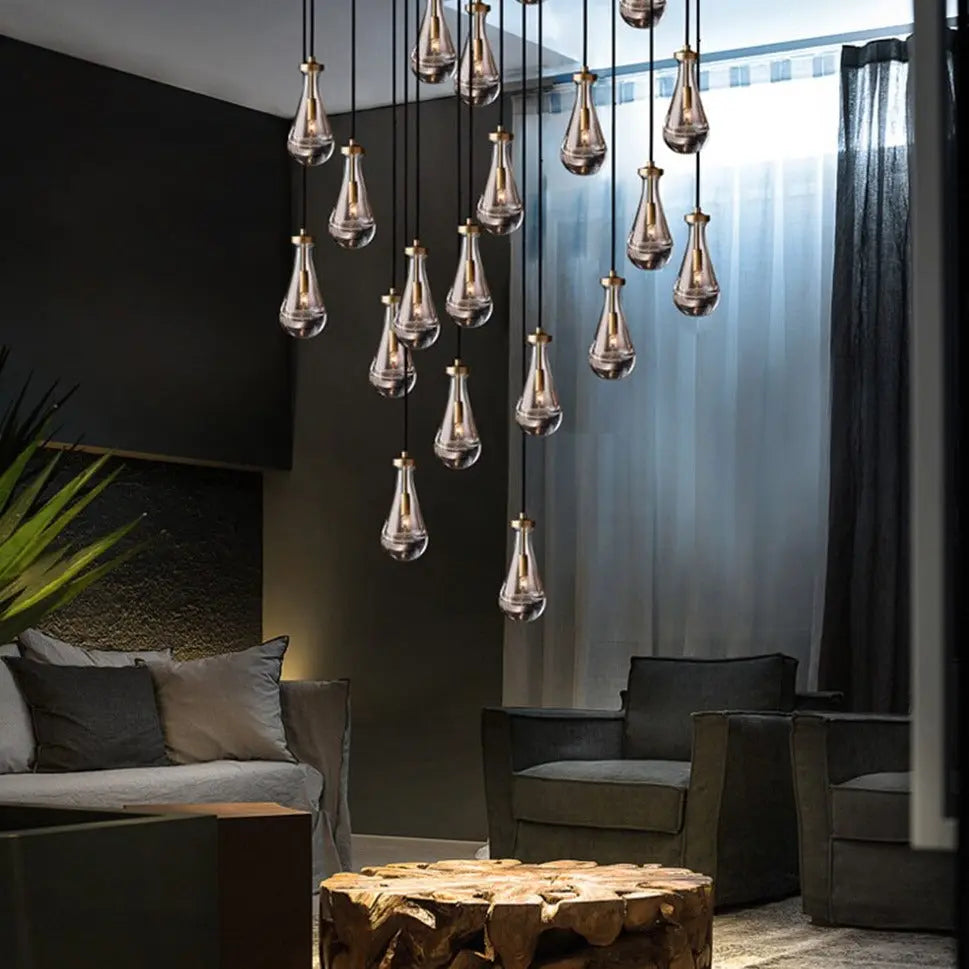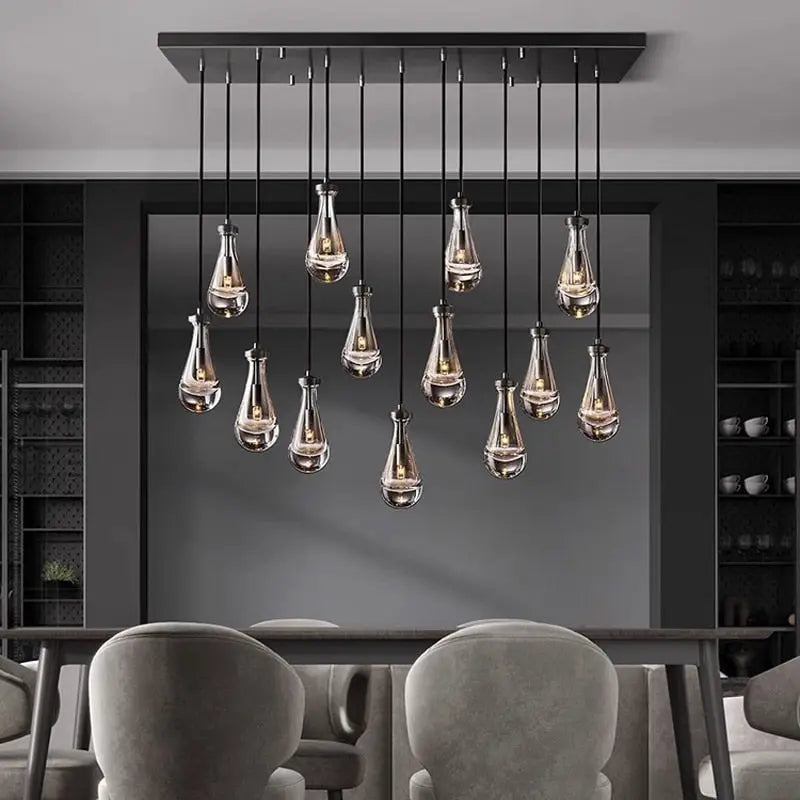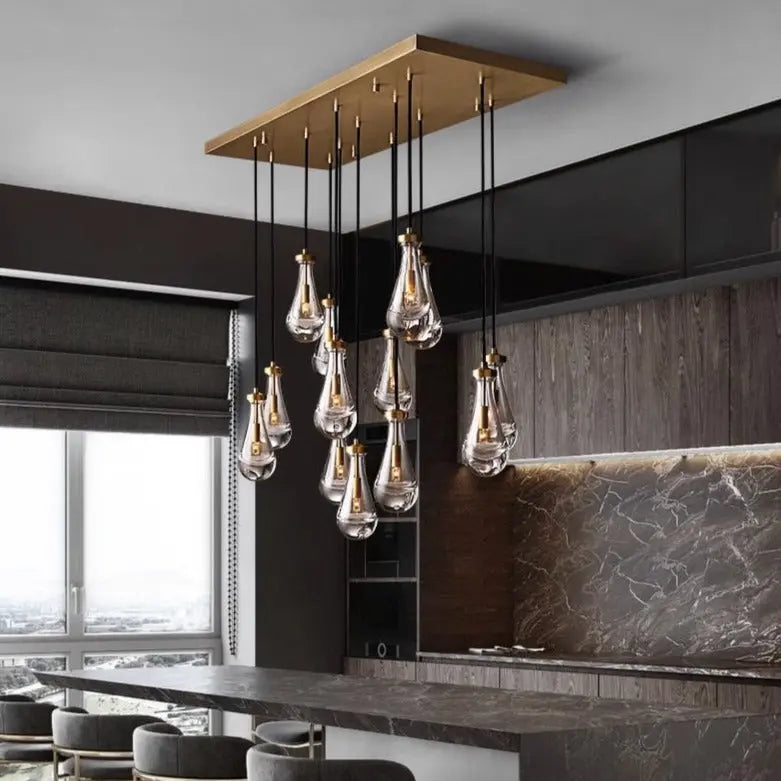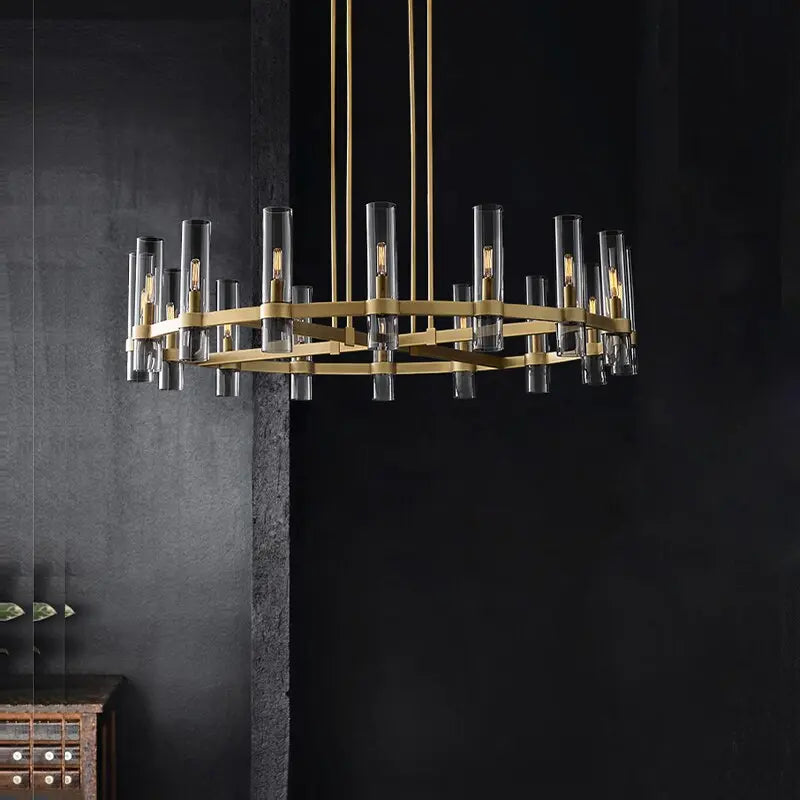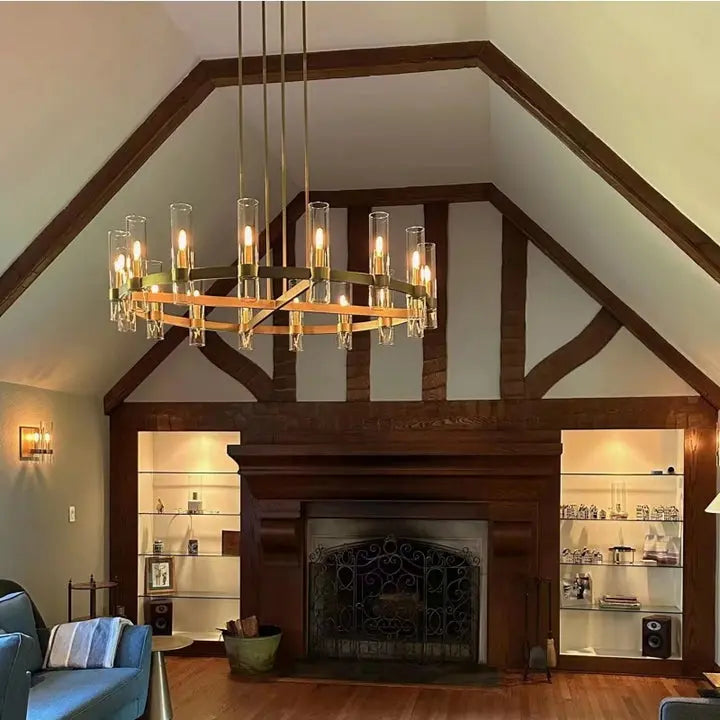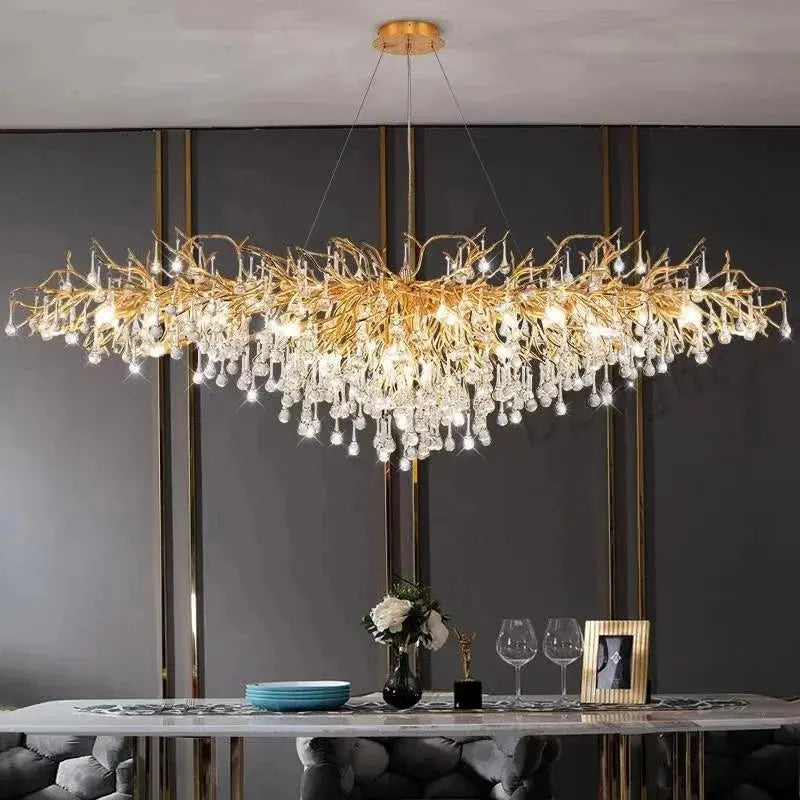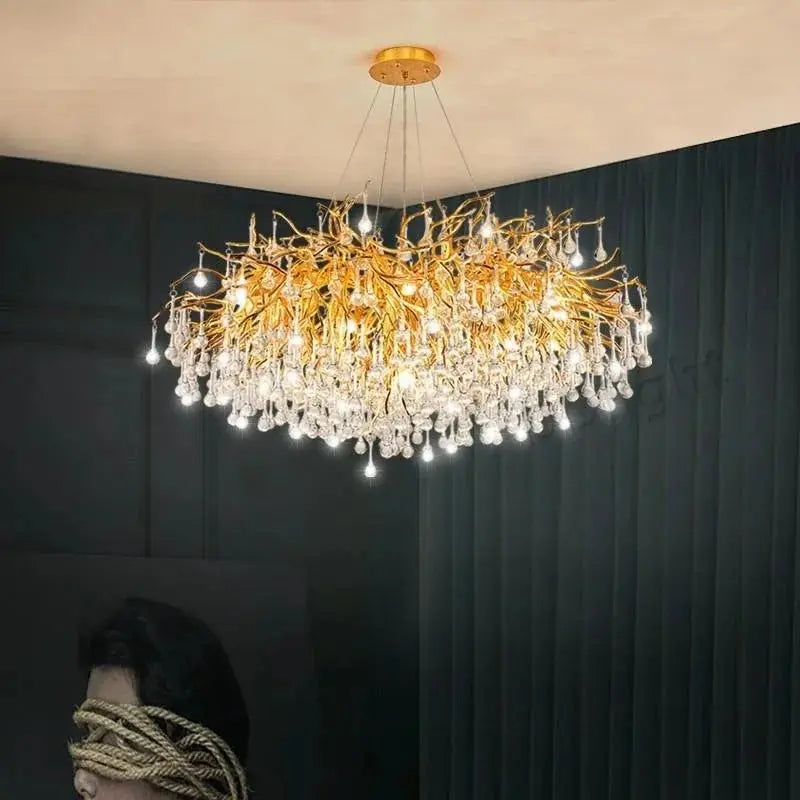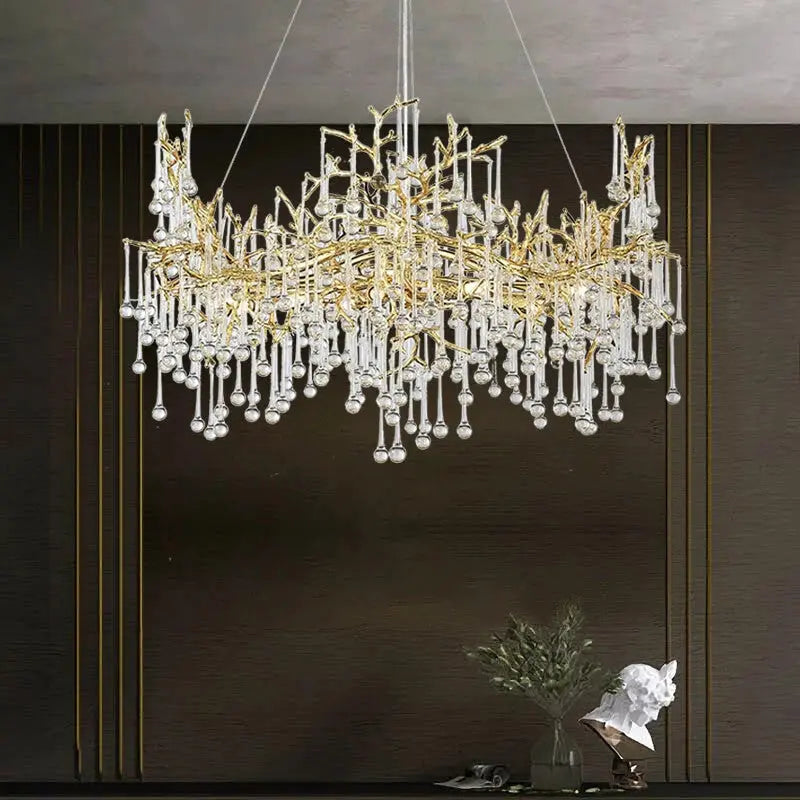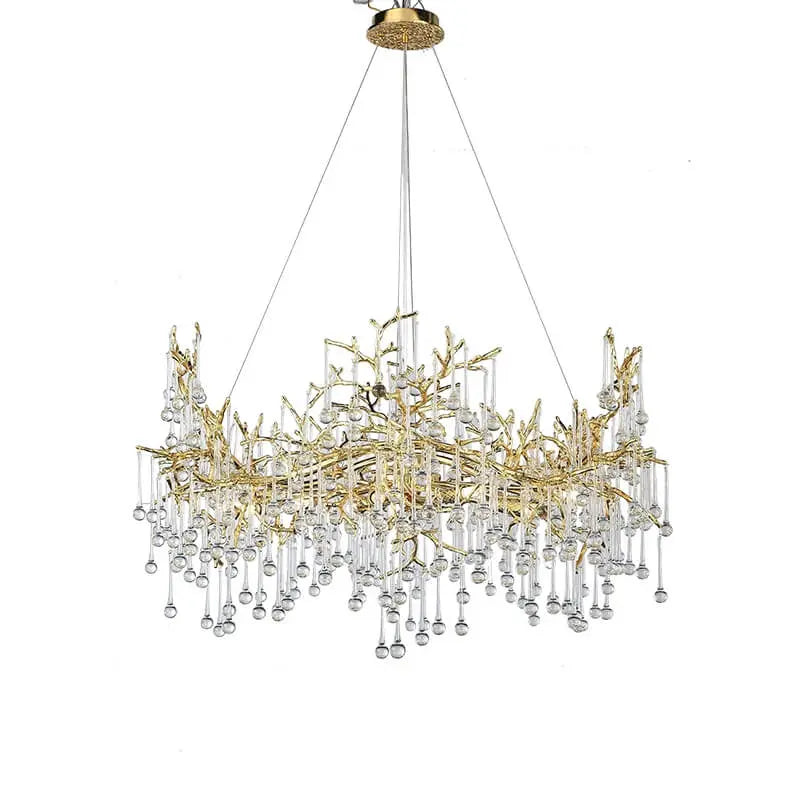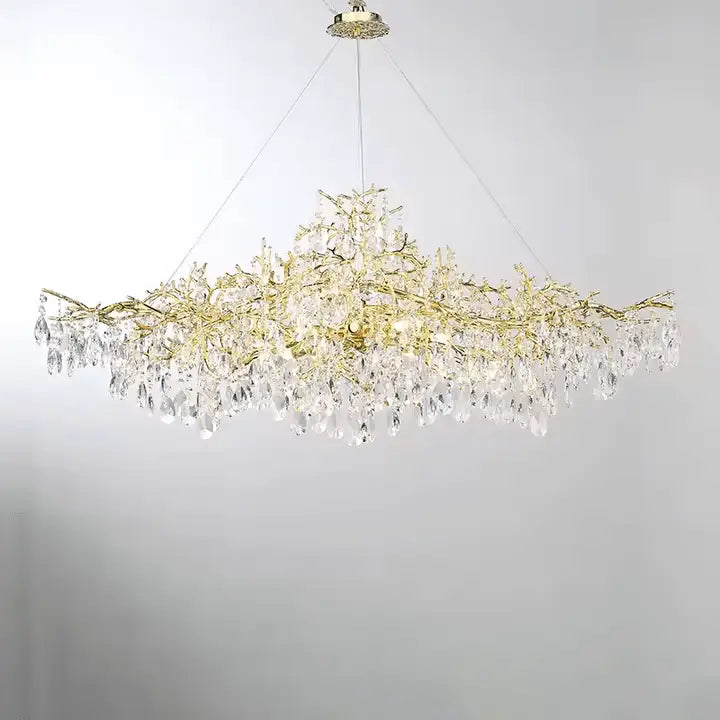Art Nouveau, a captivating artistic movement that emerged in the late 19th and early 20th centuries, is known for its flowing lines and nature-inspired designs. This style challenged traditional art forms, blending creativity with functionality. It has left a lasting impact on modern design, influencing various artistic disciplines and continuing to inspire contemporary artists and designers today.
Key Takeaways
- Art Nouveau emphasizes the beauty of nature, featuring organic shapes and flowing lines.
- The movement marked a shift towards integrating art into everyday life, making beauty accessible to all.
- Key artists like Alphonse Mucha and Antoni Gaudí played significant roles in shaping Art Nouveau's legacy.
- Art Nouveau's influence can be seen in modern graphic design, with its focus on intricate patterns and vibrant colors.
- The movement's principles continue to inspire today's designers, promoting creativity and the connection between art and life.
The Origins and Evolution of Art Nouveau
Art Nouveau, which means "New Art" in French, began as a reaction to the industrial changes and traditional art styles of the 19th century. It spread across Europe, taking on different names like "Jugendstil" in Germany and "Stile Liberty" in Italy. This movement aimed to move away from old styles and embrace a fresh, natural look that celebrated craftsmanship and the beauty of nature.
Influences from Nature and Industry
Art Nouveau was inspired by the natural world, using flowing lines and organic shapes. Artists incorporated elements like flowers, leaves, and insects into their designs. This style also embraced new materials and techniques, such as iron and glass, which allowed for innovative architectural designs. Here are some key characteristics:
- Flowing Lines: Mimicking natural curves, these lines create a sense of movement.
- Natural Motifs: Designs often featured stylized forms of plants and animals.
- Integration of Art and Design: Art Nouveau blurred the lines between fine art and everyday objects.
Key Figures and Their Contributions
Several artists played a significant role in the development of Art Nouveau:
- Gustav Klimt: Known for his elegant patterns and use of gold.
- Louis Comfort Tiffany: Famous for his stained glass and decorative arts.
- Hector Guimard: Renowned for his Paris Metro entrances, showcasing intricate ironwork.
The Spread Across Europe
Art Nouveau quickly spread throughout Europe, influencing various countries and cultures. Each region adapted the style to fit its own traditions, leading to a rich diversity within the movement. For example, in Italy, it became known as "Stile Liberty," while in Spain, it was called "Modernisme."
Art Nouveau represented a rebellion against industrialization, celebrating the beauty of the natural world amidst the rise of factories and urban life.
This movement not only transformed art but also made it accessible to the masses, integrating beauty into everyday life. Today, its legacy continues to inspire modern design, reminding us of the importance of art in our lives.
Art Nouveau in Architecture and Interior Design
Art Nouveau is a unique style that blends art and design, creating beautiful spaces that feel alive. This movement is known for its flowing lines and natural forms, which can be seen in many buildings and interiors. Here’s a closer look at its impact:
Iconic Buildings and Structures
- Hector Guimard's Paris Metro Entrances: These entrances are famous for their organic shapes and intricate ironwork, showcasing the beauty of Art Nouveau.
- Hôtel Tassel: Designed by Victor Horta, this building is a prime example of how Art Nouveau embraced new materials like wrought iron and glass.
- Palau de la Música Catalana: This concert hall in Barcelona is celebrated for its stunning stained glass and vibrant mosaics, reflecting the movement's love for color and light.
Interior Design Elements and Innovations
Art Nouveau transformed interior spaces by integrating art into everyday life. Key elements include:
- Furniture: Characterized by graceful curves and floral motifs, Art Nouveau furniture often mimics natural forms.
- Lighting: The use of luxury chandeliers and pendant lights, such as glass pendant lights, adds elegance to any room.
- Decorative Arts: Items like ceramics and textiles featured intricate designs that brought beauty into homes.
Influence on Modern Architecture
The influence of Art Nouveau can still be seen in modern architecture. Its emphasis on organic shapes and integration of art into functional spaces paved the way for:
- Sustainable Design: Modern architects often draw inspiration from nature, similar to Art Nouveau's principles.
- Open Spaces: The movement's focus on harmony encourages designs that promote flow and connection between rooms.
- Innovative Materials: Today’s architects continue to experiment with materials, much like their Art Nouveau predecessors.
Art Nouveau was not just a style; it was a way of thinking about how art and life can blend together beautifully.
In conclusion, Art Nouveau's impact on architecture and interior design is profound, inspiring modern designs that prioritize beauty and functionality. Its legacy continues to shape how we view and create our living spaces today.
The Role of Art Nouveau in Decorative Arts
Art Nouveau was a significant movement that transformed the decorative arts, making beauty a part of everyday life. This style emphasized natural forms and flowing lines, which can be seen in various mediums such as furniture, glassware, and ceramics.
Jewelry and Metalwork
- Art Nouveau jewelry often features intricate designs inspired by nature, including flowers and insects.
- Notable designers like René Lalique created stunning pieces that combined craftsmanship with artistic expression.
- Metalwork during this period showcased elegant curves and organic shapes, reflecting the movement's aesthetic.
Glass and Ceramics
- Art Nouveau glassware is known for its vibrant colors and detailed patterns. Techniques like cameo glass were popular, allowing for intricate designs.
- Louis Comfort Tiffany's glass lamps are iconic examples, showcasing nature-inspired motifs and iridescent finishes.
- Ceramics from this era often included flowing lines and floral designs, merging functionality with beauty.
Textiles and Wallpapers
- Textiles featured bold patterns and colors, often depicting natural scenes or abstract forms.
- Wallpapers designed in the Art Nouveau style brought elegance into homes, with designs that echoed the movement's themes.
- The integration of art into everyday objects helped democratize beauty, making it accessible to all.
Art Nouveau was not just a style; it was a way to bring art into daily life, creating a harmonious environment that celebrated beauty in all forms.
In summary, Art Nouveau's influence on decorative arts was profound, blending functionality with artistic expression and leaving a lasting legacy that continues to inspire modern design.
Art Nouveau's Impact on Modern Graphic Design
Typography and Poster Art
Art Nouveau has significantly influenced modern graphic design, especially in typography and poster art. Designers today often draw inspiration from the flowing lines and organic shapes that define this style. The use of intricate lettering and decorative elements can be seen in various contemporary designs, making them visually appealing and unique.
Use of Organic Motifs
One of the most notable aspects of Art Nouveau is its emphasis on organic motifs. This style encourages designers to incorporate natural forms into their work, creating a sense of harmony and connection with the environment. Here are some common organic motifs:
- Floral patterns
- Curved lines resembling vines or waves
- Animal shapes and silhouettes
Contemporary Designers Inspired by Art Nouveau
Many modern designers continue to be inspired by Art Nouveau, integrating its principles into their work. Some notable examples include:
- Shepard Fairey, known for his bold graphics and intricate designs.
- Philippe Starck, who blends modern aesthetics with organic forms in his furniture designs.
- Antonio Gaudi, whose architectural works reflect the fluidity and natural beauty of Art Nouveau.
Art Nouveau's legacy is evident in today's design world, reminding us that art can transform everyday objects into beautiful experiences. Its influence continues to inspire creativity and innovation across various mediums, making it a timeless movement that resonates with modern aesthetics.
The Legacy and Influence of Art Nouveau Today
Art Nouveau has left a lasting mark on modern design, influencing various fields from architecture to graphic arts. Its principles of beauty and craftsmanship continue to inspire contemporary creators.
Art Nouveau in Contemporary Art and Design
- Designers: Many modern designers draw inspiration from Art Nouveau’s flowing lines and natural forms.
- Architecture: New buildings often incorporate Art Nouveau elements, blending old styles with new ideas.
- Graphic Design: Artists today use organic shapes and intricate patterns reminiscent of the Art Nouveau era.
Preservation and Collection of Art Nouveau Works
| Type of Collection | Notable Institutions |
|---|---|
| Museums | Musée d'Orsay, Victoria and Albert Museum |
| Antiques | Collectors seek original pieces like furniture and jewelry |
Art Nouveau's Role in Modern Aesthetic Movements
- Democratization of Art: Art Nouveau made art accessible to everyone, breaking down barriers.
- Response to Industrialization: It was a reaction against the harshness of industrial life, celebrating nature and beauty.
- Philosophical Underpinnings: The movement emphasized the connection between art and everyday life, a concept still relevant today.
Art Nouveau reminds us that beauty can be found in the everyday, transforming ordinary objects into extraordinary experiences.
In summary, the legacy of Art Nouveau is not just a historical footnote; it is a vibrant part of our modern aesthetic landscape, influencing how we perceive and create art today.
Art Nouveau's Cultural and Societal Impact
Art Nouveau was more than just a style; it was a movement that changed how people viewed art. It made art accessible to everyone, breaking down barriers that had kept it exclusive to the wealthy. This democratization of art meant that beauty could be found in everyday objects, making life more enjoyable for all.
Democratization of Art
- Art Nouveau introduced art into daily life, making it part of furniture, architecture, and even everyday items.
- It encouraged artists to create functional pieces that were also beautiful, like jewelry and decorative objects.
- This movement helped shift the perception of art from being elitist to being a part of everyone's life.
Art Nouveau as a Response to Industrialization
- The movement emerged as a reaction against the harsh realities of the Industrial Revolution.
- It celebrated nature and organic forms, contrasting with the rigid lines of industrial design.
- Art Nouveau artists used new materials and techniques to create works that reflected the beauty of the natural world.
The Movement's Philosophical Underpinnings
- Art Nouveau was rooted in the belief that art should be integrated into everyday life.
- It emphasized the connection between art and nature, promoting harmony and beauty.
- This philosophy continues to influence modern design, reminding us that art can enhance our daily experiences.
Art Nouveau showed that art is not just for galleries; it can be part of our homes and lives, enriching our surroundings and experiences.
Art Nouveau was more than just a style; it changed how people viewed art and design in everyday life. This movement encouraged creativity and brought beauty into homes and public spaces. It made art accessible to everyone, not just the elite. If you want to learn more about how Art Nouveau shaped our world, visit our website for more insights!
Conclusion
In summary, Art Nouveau is more than just a style; it represents a significant shift in how we view art and design. This movement, with its beautiful curves and nature-inspired themes, broke away from traditional norms and brought art into everyday life. It encouraged people to appreciate beauty in all forms, from architecture to jewelry. Even today, we see its influence in modern designs, reminding us that art can be both functional and stunning. As we explore the legacy of Art Nouveau, we realize it continues to inspire creativity and innovation, showing us that art is a vital part of our lives.
Frequently Asked Questions
What is Art Nouveau?
Art Nouveau is a style of art that started in the late 1800s. It features flowing lines, natural shapes, and designs inspired by plants and flowers.
Who were some important artists in the Art Nouveau movement?
Key artists include Alphonse Mucha, Gustav Klimt, and Antoni Gaudí. They created beautiful works in painting, architecture, and design.
How did Art Nouveau influence modern design?
Art Nouveau changed how people view art and design. Its focus on nature and beauty can still be seen in many modern buildings and decorative arts.
What materials were commonly used in Art Nouveau?
Artists used materials like glass, iron, and ceramics to create their works. These materials allowed for new shapes and designs.
Is Art Nouveau still relevant today?
Yes! Art Nouveau influences many current artists and designers. Its themes of nature and beauty continue to inspire creativity.
How can I recognize Art Nouveau in everyday objects?
Look for items with flowing lines, floral patterns, and organic shapes. These features are typical of the Art Nouveau style.




